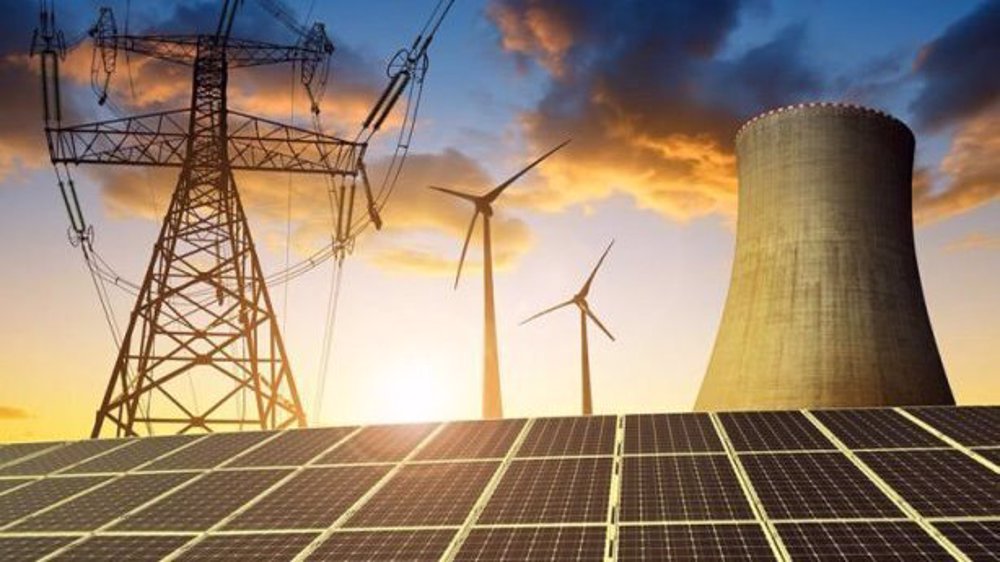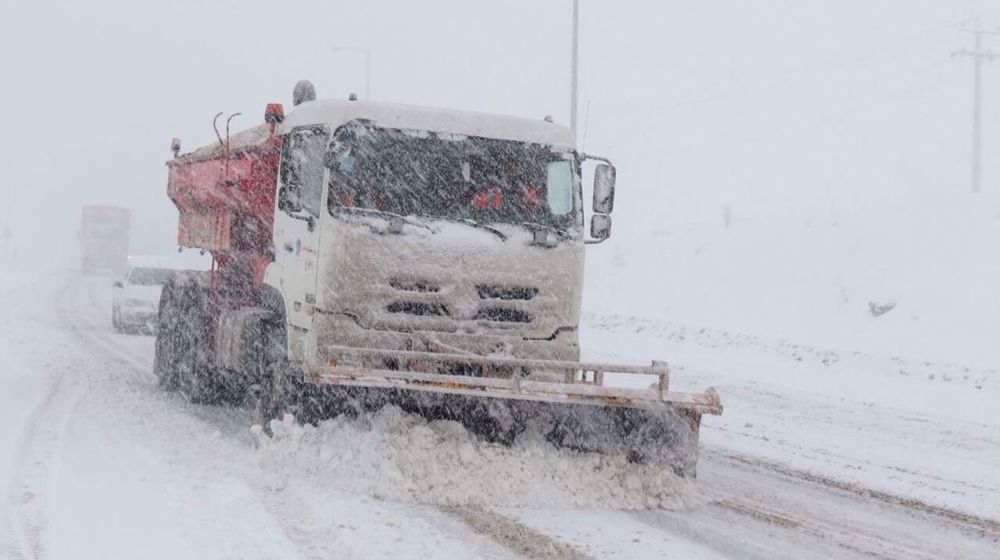Iranian, French firms finalize FLNG talks
Iranian companies and a French firm have reached a final agreement on floating production of LNG from associated gas at an oilfield in the Persian Gulf, Deputy Petroleum Minister Roknoddin Javadi says.
“Final negotiations have been held between two Iranian companies and a reputable French company in order to set up an FLNG unit,” said the official, declining to reveal their names.
The companies will form a consortium to build the Middle East’s first FLNG plant with a capacity to produce 1 million tonnes of liquefied natural gas a year, said Javadi, who is also the managing director of the National Iranian Oil Company (NIOC).
The plant’s feedstock will come from the gas currently being burnt at the Forouzan oilfield which Iran shares with Saudi Arabia.
Iranian and French investors are charged with acquiring LNG tankers for shipment and an FLNG vessel for turning natural gas to LNG. Nevertheless, marketing and sales will be managed by NIOC, Javadi said.

Foreign companies are weighing $800 million-$1 billion of investment in Iran’s FLNG project to convert 200 million cubic feet of associated gas to liquefied natural gas a day, head of investment at NIOC Ali Kardor said last month.
The project is expected to take two years to come online, with the foreign developer to be allowed to use the produced gas for a further three years, he said.
The project would mark Iran’s first-ever processing of natural gas associated with oil production instead of burning it off as the country often does in a practice known as flaring.
Iran planned to pipe the associated gas from the Forouzan field to an LNG facility on Kharg Island before intensified sanctions prevented the scheme from taking off.
According to Ministry of Petroleum figures, about 5.4 million cubic meters (189 million cubic feet) of associated gas is burnt off per day at the Forouzan platform.
Iran possesses the world’s largest proven gas reserves, with a potential to become a top producer.
LNG is becoming a fast growing business as shipment of the frozen gas to customers across the world is becoming more facile, dispensing with pipelines which often cost a lot to build.
Iran plans to build a capacity to export 40 million metric tons a year of LNG which is super-cooled to minus 162 degrees Celsius for shipment by special tankers.
VIDEO | Carol Singers for Palestine on London’s Parliament Square
American warplane downed after Yemeni attacks 'baffled' US air defense: Ansarullah
VIDEO | Yemenis praise the military for its successful operations against Israel
VIDEO | Israel continues to bomb Gaza homes
VIDEO | An insider's view of the country: Meybod City in Yazd
‘All wars have rules. All of those rules have been broken’ by Israel
VIDEO | Report flags India’s violation of rights of Rohingya detainees
Turkey's foreign minister meets Syria's de facto leader in Damascus










 This makes it easy to access the Press TV website
This makes it easy to access the Press TV website